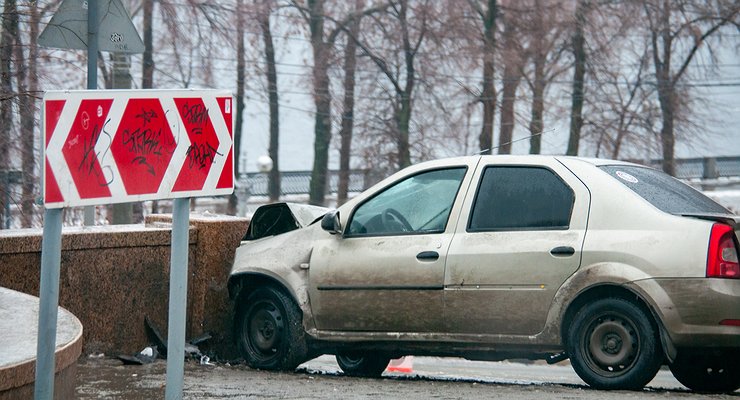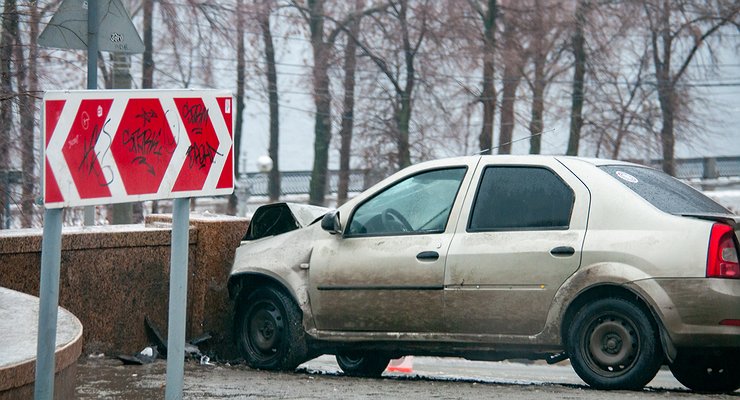Insurers, frankly, continue to benefit from a surge in auto parts costs
- December 23, 2022
- 0
The Russian Union of Insurers (RSA) compared the prices for auto parts listed in its parts cost guide, released on March 19 this year, with the data entered
The Russian Union of Insurers (RSA) compared the prices for auto parts listed in its parts cost guide, released on March 19 this year, with the data entered


— On average, the cost increase in the reference work of December 19 compared to the reference work of March 19 was 27.7%. Thus, today we are basically at the level of spare parts prices that prevailed in April-June 2022 after the introduction of economic sanctions and the withdrawal of the largest car manufacturers from Russia,” said the president of the RAMI, Evgeny Ufimtsev.
According to him, headlights for Nissan and Mitsubishi doubled on average, and for some models the price jump turned out to be threefold. PCA also noted a sharp increase in the cost of bumpers, doors and other items. Ufimtsev gave several specific examples of skyrocketing spare parts prices: an Audi door — 186,000 rubles (+59%); front bumper LADA — 15,800 rubles (+100%); Hyundai headlight — 138,500 rubles (+91%); tailgate Kia — 80 2000 rubles (+50%).
Recall that the RAMI previously reported on the total amount of compensation for damage to road victims under OSAGO for 9 months of 2022. It turned out that it remained at last year’s level of 113.7 billion rubles. Despite the fact that parts were much cheaper in 2021 than now. At the same time, it was found that insurers increased their nine-month revenue from the sale of OSAGO policies from 173.1 billion rubles last year to 193.9 billion rubles in 2022.
For example, the PCA once again proved with available figures that insurance companies massively and systematically do not reimburse citizens to what they are entitled to according to OSAGO. It is characteristic that this systemic lawlessness does not even arouse vain curiosity, neither among the regulator of the insurance market – the Central Bank, nor among numerous Russian law enforcement agencies.
— On average, the cost increase in the reference work of December 19 compared to the reference work of March 19 was 27.7%. Thus, today we are basically at the level of spare parts prices that prevailed in April-June 2022 after the introduction of economic sanctions and the withdrawal of the largest car manufacturers from Russia,” said the president of the RAMI, Evgeny Ufimtsev.
According to him, headlights for Nissan and Mitsubishi doubled on average, and for some models the price jump turned out to be threefold. PCA also noted a sharp increase in the cost of bumpers, doors and other items. Ufimtsev gave several specific examples of skyrocketing spare parts prices: an Audi door — 186,000 rubles (+59%); front bumper LADA — 15,800 rubles (+100%); Hyundai headlight — 138,500 rubles (+91%); tailgate Kia — 80 2000 rubles (+50%).
Recall that the RAMI previously reported on the total amount of compensation for damage to road victims under OSAGO for 9 months of 2022. It turned out that it remained at last year’s level of 113.7 billion rubles. Despite the fact that parts were much cheaper in 2021 than now. At the same time, it was found that insurers increased their nine-month revenue from the sale of OSAGO policies from 173.1 billion rubles last year to 193.9 billion rubles in 2022.
For example, the PCA once again proved with available figures that insurance companies massively and systematically do not reimburse citizens to what they are entitled to according to OSAGO. It is characteristic that this systemic lawlessness does not even arouse vain curiosity, neither among the regulator of the insurance market – the Central Bank, nor among numerous Russian law enforcement agencies.
Source: Avto Vzglyad
Donald Salinas is an experienced automobile journalist and writer for Div Bracket. He brings his readers the latest news and developments from the world of automobiles, offering a unique and knowledgeable perspective on the latest trends and innovations in the automotive industry.